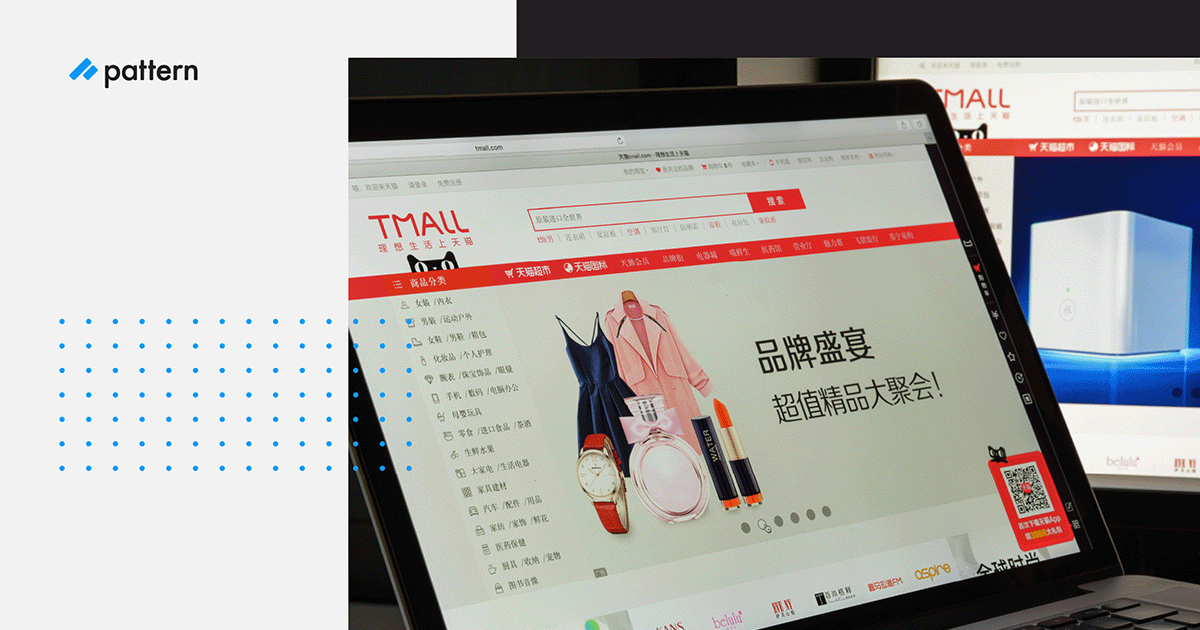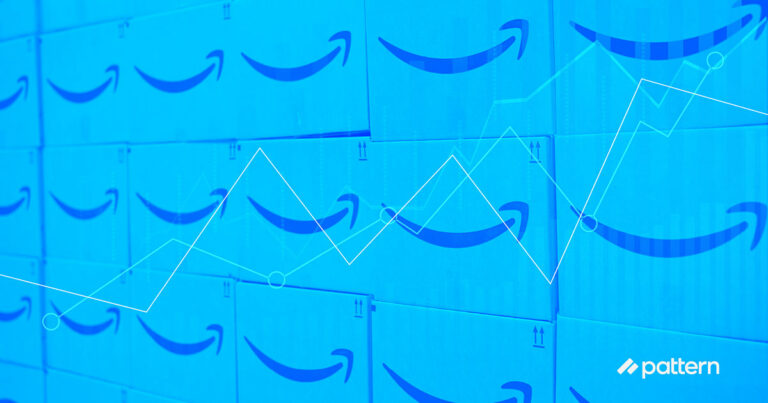Ecommerce has come a long way in China in a decade, and Chinese online shoppers should be considered among the most sophisticated in the world. In this blog we outline the opportunity for US brands who are looking to expand into China and grow their sales in one of the world’s largest international markets.
A snapshot of China’s growing economy
China’s growing economy provides a huge opportunity for brands looking to expand into new markets, and shows no signs of slowing down. In fact, online sales of consumer goods rose by 14.8% in 2020 according to official figures, now making up about one-quarter of total retail sales. With a rising population who are accustomed to shopping online, even the Chinese government has put in place plans to target further GDP growth of more than 6% in 2021.
Chinese ecommerce is dominated by three big players Alibaba–which runs Tmall, Tmall Global, and Taobao–JD.com, and newer entrant Pinduoduo. In addition to this, smaller specialist marketplaces have sprung up to be expert in particular product categories, and larger brands tend to have a Chinese direct-to-consumer site as well.

Tmall’s worldwide reach
Boasting 779 million annual active consumers in China in 2020 alone, Tmall–owned by parent company Alibaba–has been able to retain the top position for share of Chinese ecommerce sales with its constant focus on innovation and improvement. With circa 60% market share in China, the marketplace acts as a first port of call when searching for products and product content.
The domestic and cross-border versions of Tmall are both available to Western brands. Those with a business entity in China can use the domestic version of the marketplace. Those without a local entity are encouraged to use Tmall Global and trade cross-border.

Selling cross-border on Tmall Global
At the height of pandemic lockdowns across the globe last year, many brands rethought their ecommerce approach and turned to China, a resilient market post-coronavirus and a driver of global consumption. Tmall has worked hard to add brands and merchants to the cross-border platform as a pull for more users, and during 2020 the number of brands trading on the platform increased by 60%.
To support this growth, Alibaba has created several initiatives to help brands pick up the pace of digital transformation in the market. Alibaba has created warehousing in Western markets so brands trading cross-border can store their product at home–and Tmall exports the product to China when the order is placed. For new brands starting out, this can be cheaper than arranging warehousing for cross-border orders in Hong Kong, and will also likely mean orders are received more quickly than if the brand is shipping orders from its home market to Chinese consumers itself.
Learn more about how to successfully grow your business in the China market
China’s scale and willingness to embrace online shopping makes it an attractive market to expand to for USA and UK brands. While this is true, there can also be reasons why this market may be difficult to crack. Entering China requires significant investment in brand awareness and acquisition marketing, as well as a willingness to take a longer-term view on breaking even.
In our upcoming webinar, we’ll discuss key components to prepare for branching into the China market, launching onto Tmall, marketing techniques on both Tmall and other external drivers, trading and marketing KPIs, and finding the right trade partner.
Throughout the webinar there will be opportunities to ask any questions you have regarding growing your business in the China market, launching on Tmall, and other questions around going international.
To learn more, Register Now for our webinar: Accelerate Your International Presence–China, or request a demo and get started today.



